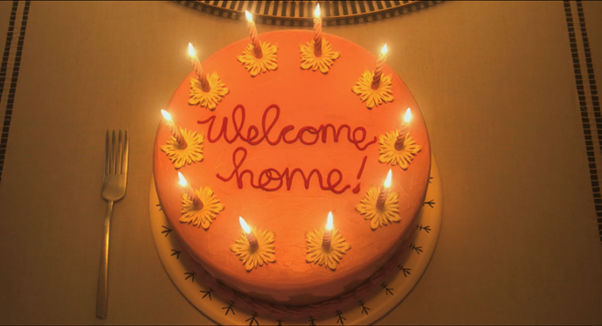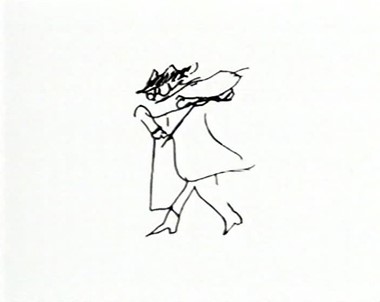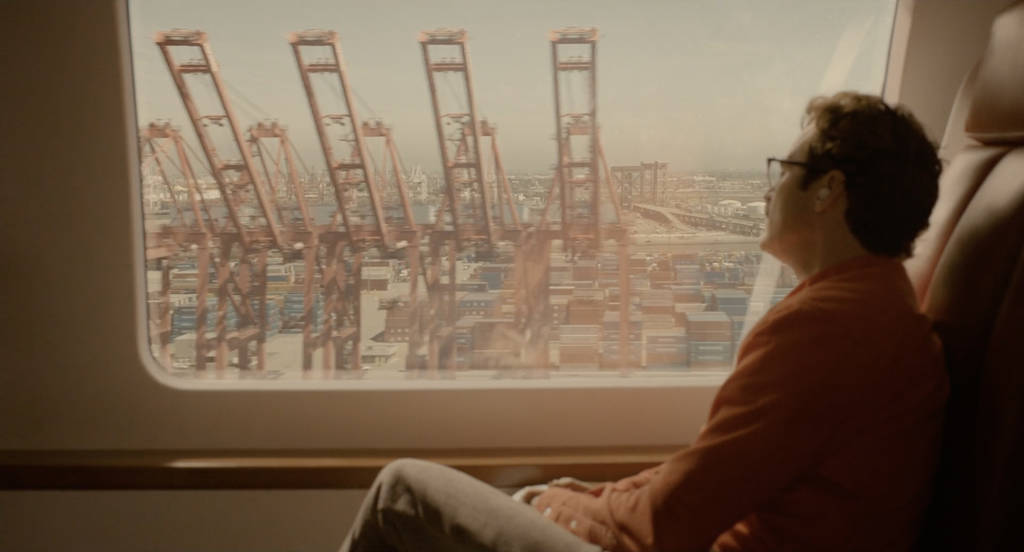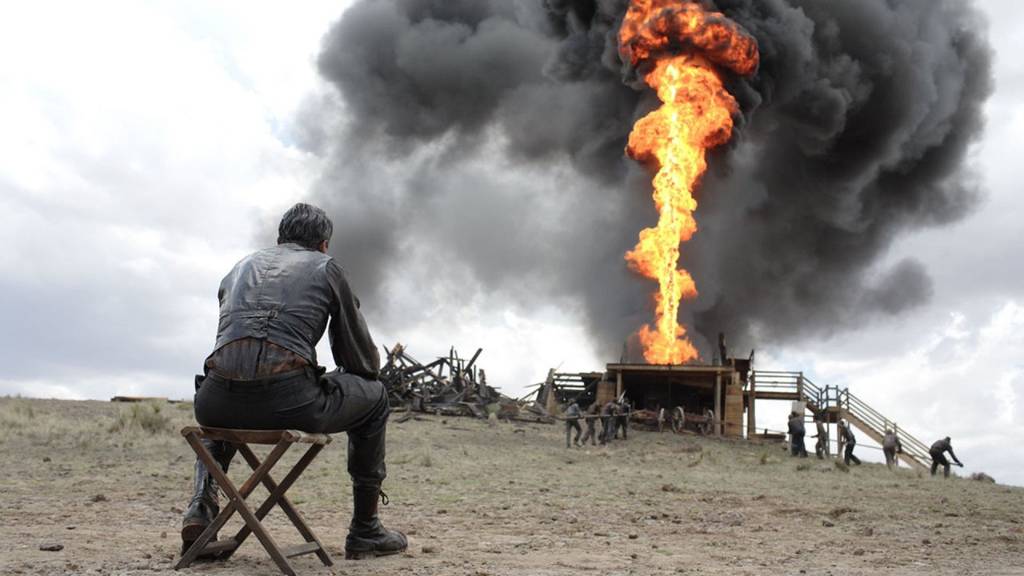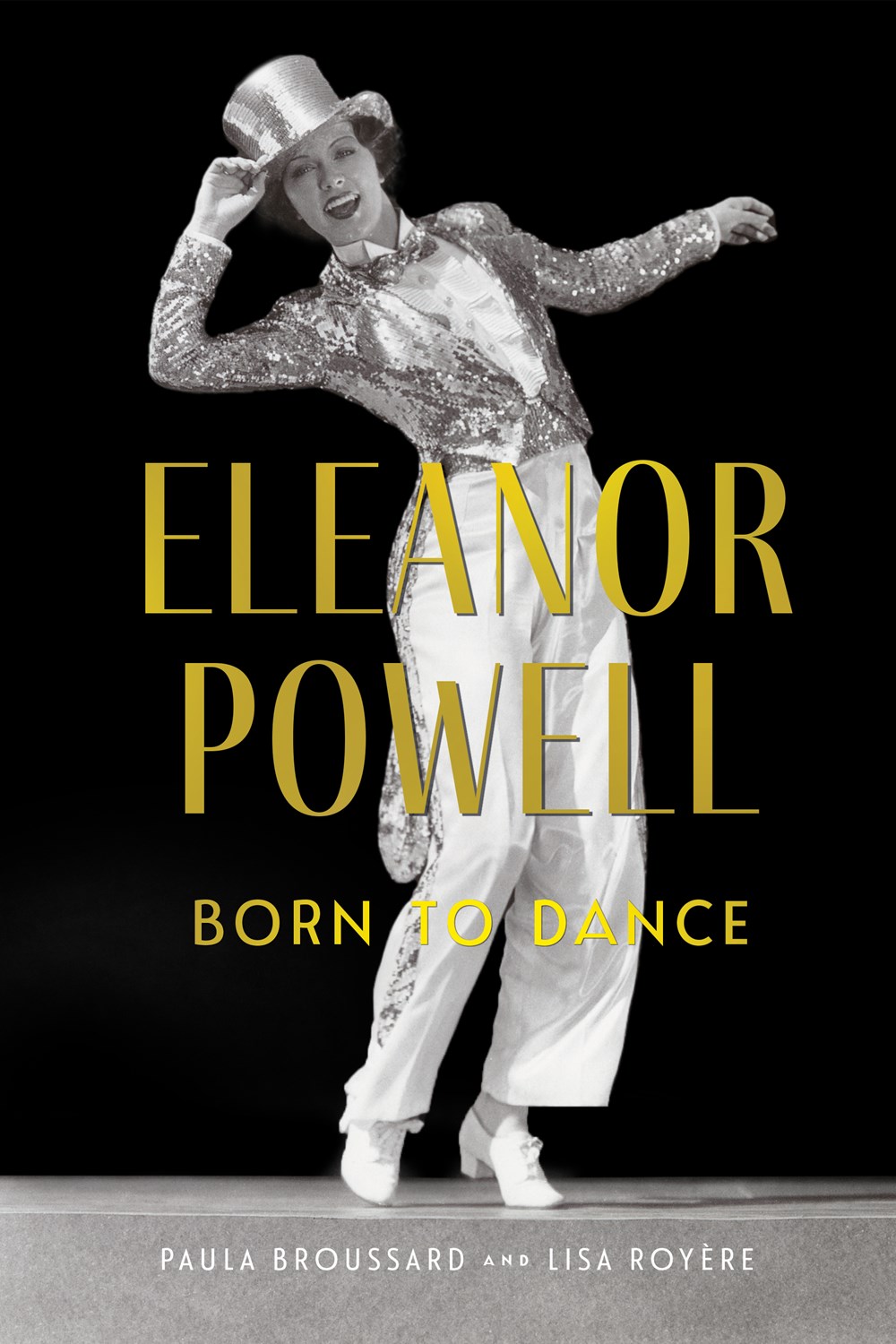Figure 1: Coraline’s “welcome home” cake, Henry Selick (dir.), Coraline, 2009. USA © Focus Features.
When the eleven-year-old Coraline Jones discovers a small door in her new house to be a portal to an “Other World,” she is welcomed by two exact copies of her parents into an exact replica of her house. Throughout her visit, she is seduced by a warm, colorful environment and a delicious dinner, where at the end her “Other Mother” serves her a “welcome home” cake (Figure 1). With a closer look, the letter “o” in the word “home!” on the cake is double-looped. According to graphology, the analysis of handwriting, the letter “o” is said to be the most indicative of lying. In particular, the double-looped “o” has been noticed in almost every pathological liar’s handwriting (Dolen). Thus, one small graphic detail may hold enormous meaning: it seems to suggest that Coraline is “welcome,” but she is not at “home.” The choice to include this subtle detail is indicative of how director Henry Selick worked to create one of the uncanniest horror animation films in cinema history. Coraline (2009) is based on a novel by British author Neil Gaiman, published in 2002. Though the book is intended for children, the story is incredibly dark, and, especially after the animated adaptation, it often led adults to question whether it is appropriate for such a young audience. Coraline (voiced by Dakota Fanning) has just moved to a new place with her family, the Pink Palace Apartments in Ashland, Oregon – or what looks like an isolated mansion in the middle of nowhere. Because both of her parents (voiced by Teri Hatcher and John Hodgman) are too busy with their jobs to pay attention to her, Coraline spends most of her time alone, wandering in and out of the house. The place’s aura is gloomy and mysterious from the beginning, especially as strange things start to manifest. Among these, her neighbor Wyborne (voiced by Robert Bailey Jr) gives her a button-eyed ragdoll he has found, because it looks exactly like her. In fact, it is the doll that leads Coraline to discover the portal to the Other World, which seems to offer everything that her real world is lacking – including attentive parents. However, even in the Other World something seems to be off from the beginning. Beyond the fact that, like the doll, Coraline’s other parents have black buttons instead of eyes – an incredibly unsettling detail that makes them distorted copies of her real parents – the Other World is permeated by an eerie atmosphere. Like the presence of doppelgängers, the story features typical traits of gothic horror: isolated and decadent locations, gloomy weather, mystery, an evil creature, and ghosts. All these elements contribute to evoking unnerving feelings, in both Coraline and the audience. Gaiman’s novel incorporates this aesthetics to further embody trauma, feelings of uncertainty, and loneliness in a neglected child and plunges them into a fantasy world that, despite seeming to comfort Coraline’s internal conflicts, appears to function in the exact opposite direction. In this regard, the attention given to small details in the film serves as a crucial factor in perpetuating the sense of uncanny, as everything in Coraline generates fear through subtlety. Among the many cinematic tools that would need to be analyzed in this frame, in this article I focus on the elaborate use of colors, the employment of stop-motion animation, and the omnipresence of insects throughout the film, to show the importance of details in the creation of the anxiogenic climax that characterizes one of the most unsettling, yet elegant, animated films in cinema history.
Continue reading →

